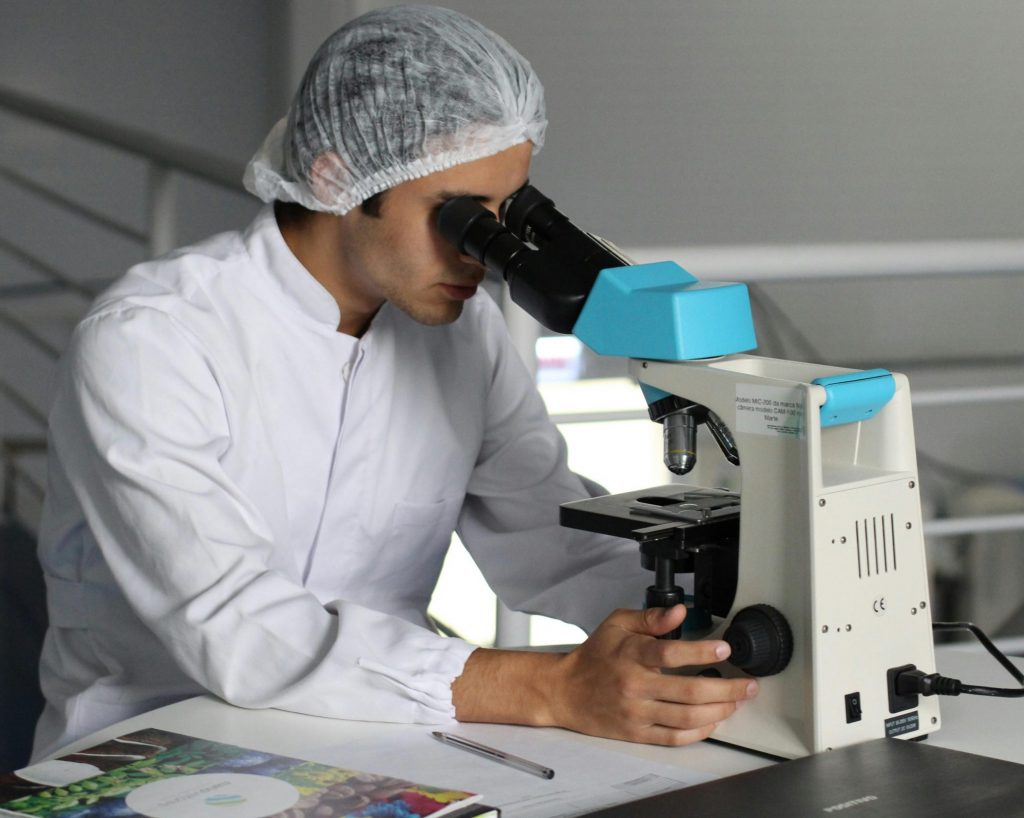Tuberculosis (TB) is a bacterial infection spread by inhaling tiny droplets produced when an infected person coughs or sneezes. It primarily affects the lungs but can affect any body part, including the abdomen (stomach), glands, bones and nervous system.(NHS,2023) .TB can cause symptoms like prolonged cough with or without blood, chest pain, weakness, fatigue, weight loss, fever and night sweats.TB was a major public health problem in Nepal a decade ago, as around 4000-5000 people die from it each year(SAARC, 2006). Unfortunately, it remains a crucial public health threat as the annual death rate has been re-estimated at 17,000, which is 3.3 times higher than the previous estimate(WHO, 2024). Multidrug resistance Tuberculosis ( MDRTB ) is caused by organisms resistant to at least isoniazid and rifampicin, the two most effective drugs available to treat TB. The previous history of TB is one of the most significant contributing factors to MDRTB in Nepal. Nearly 90% of MDRTB clients in Kathmandu, Nepal had been infected with TB at some point in their lives(Bhattarai Sanju & Awale Shanti, 2017).
Symptoms of Tuberculosis and Multidrug Resistance Tuberculosis
The symptoms of TB are prolonged cough with or without blood, chest pain, weakness, fever, night sweats, and lack of appetite. The symptoms of MDRTB are the same as TB.
Risk factors for Tuberculosis and Multiple Drug Resistance Tuberculosis
There are high chances of getting tuberculosis if one makes prolonged and close contact with an individual who has TB. Moreover, people living with medical conditions such as HIV and AIDS, undergoing chemotherapy which weakens their immune system are more susceptible to TB. Similarly, people living in lower socioeconomic backgrounds and poverty are more likely to contract TB and are less likely to receive timely diagnosis and treatment. Poorly ventilated environments such as prisons, and refugee camps can facilitate the spread of TB. There are various reasons for MDRTB one of the main reasons is inadequate or incomplete treatment cycles in the past. Side effects, socioeconomic issues, and lack of access to health care can cause patients to stop their tuberculosis treatment(WHO, 2017). Furthermore, incorrect prescription and inadequate diagnosis can lead to tuberculosis treatment failure which can promote drug resistance. Similarly, barriers to access to quality health care, including diagnostic options and effective treatments can lead to delays in diagnosis and initiation of treatment which can contribute to the spread of drug-resistance strains(WHO, 2021). Inadequate infection control measures in healthcare settings can facilitate the transmission of multidrug-resistant TB strains(Nathavitharana Ruvandhi et al., 2017).
Treatment Outcome of TB and Multi-Drug Resistance TB
Treatment outcomes for tuberculosis may vary depending on the patient’s overall health, treatment compliance and medical conditions such as HIV and AIDS. However, most cases of TB can be cured if individuals are adhered to the correct treatment. The overall cure treatment rates for TB were higher than those for Multiple drug resistance Tuberculosis. A study published in Nigeria found that the highest TB treatment success rate in fifteen years from 2001 to 2015 was 83.8% and the lowest rate was 64.4%(Sariem et al., 2020). Similarly, Multi-Drug Resistance TB treatment outcomes depend on various factors like patients’ adherence to the treatment, healthcare infrastructure and the region. A ten-year study published in Ethiopia found that the Cured treatment rate for MDR-TB was 58.35 %(Belachew et al., 2022).
Prevention of TB and Multi-Drug Resistance TB
Preventive measures such as vaccination, early detection and treatment of active cases, infection control measures, health education and promotion are beneficial to prevent TB from spreading. Similarly, to avoid the development of MDR-TB, early diagnosis and ensuring patients complete a full course of treatment is crucial. Furthermore, adequate infection control measures in healthcare settings are essential to stop the transmission of Multi-Drug Resistance TB.
References :
Belachew, T., Yaheya, S., Tilahun, N., Gebrie, E., Seid, R., Nega, T., & Biset, S. (2022). Multidrug-Resistant Tuberculosis Treatment Outcome and Associated Factors at the University of Gondar Comprehensive Specialized Hospital: A Ten-Year Retrospective Study. Infection and Drug Resistance, 15, 2891–2899. https://doi.org/10.2147/IDR.S365394
Bhattarai Sanju, & Awale Shanti. (2017). Contributing Factors Associated with Multi-Drugs Resistance Tuberculosis among MDR-TB Clients of Kathmandu, Nepal . International Journal of Health Sciences and Research Www.Ijhsr.Org , 7(7).
Nathavitharana Ruvandhi, Bond Patricia, Dramowski Angela, Kotze koot, & Lederer Philip. (2017). Agents of Change: The Role of Healthcare Workers in the Prevention of Nosocomial and Occupational Tuberculosis.
NHS. (2023, April 20). Tuberculosis. Https://Www.Nhs.Uk/Conditions/Tuberculosis-Tb/.
SAARC. (2006). Tuberculosis Control in the SAARC Region-An update 2006 .
Sariem, C. N., Odumosu, P., Dapar, M. P., & Musa Jonah. (2020). Tuberculosis treatment outcomes: a fifteen-year retrospective study in Jos-North and Mangu, Plateau State, North – Central Nigeria. BMC Public Health. https://bmcpublichealth.biomedcentral.com/articles/10.1186/s12889-020-09289-x#citeas
WHO. (2017, April). Guidelines for treatment of drug-susceptible tuberculosis and patient care, 2017 update. Website.
WHO. (2021, October 14). Global tuberculosis report 2021.
WHO. (2024). Global Tuberculosis Report 2020.
© 2024 Dr Mukta Bhattarai Pandey (MD, PGDip Public Health, MRCP(UK), MRes)
